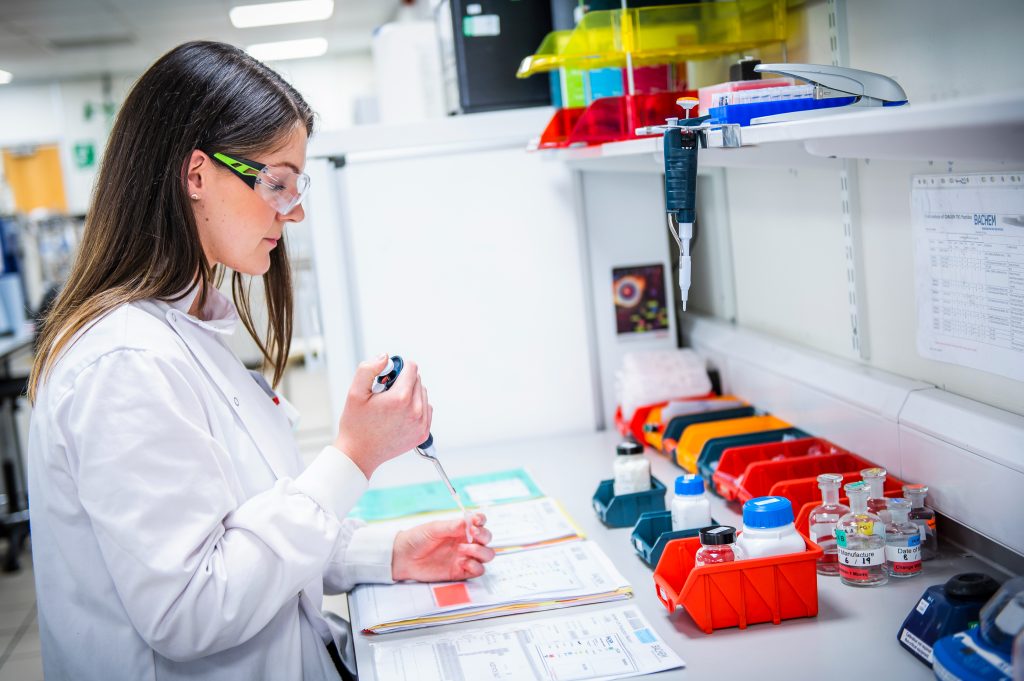Pharma outsourcing trends 2025: Partnership, precision, and resilience


Outsourcing plays a critical role in modern drug development and manufacturing – one which has gained increasing importance in recent years.
The continued rise in demand for complex modalities, such as peptides and oligonucleotides, and increased pressures on time-to-market, have amplified the need for external partnerships and collaboration to ensure supply of crucial medication to patients.
As a result, pharmaceutical outsourcing is moving away from transactional, fee-for-service arrangements, toward long-term, strategic partnerships. With a greater need to ensure delivery of medication to patients, industry players are promoting enhanced collaboration, through acknowledging shared goals and a need for transparency.
Driven by the rise in demand for complex drugs, learnings from supply chain challenges during the COVID-19 pandemic, and the growing need for speed and flexibility, pharmaceutical companies are now seeking CDMO partnerships that go beyond transactional models of collaboration. As a result, pharmaceutical companies and CDMOs alike are able to drive industry innovation, while establishing a more secure supply chain.
This article outlines the key trends in pharmaceutical outsourcing in 2025 below:
1. Outsourcing specialist manufacturing to CDMOs
With the rise in demand for complex modalities, companies are increasingly in need of access to specialised production facilities required to produce advanced drugs, such as peptides and oligonucleotides. Building specialist manufacturing infrastructure from the ground up is a costly process, requiring significant investment and expertise. As a result, companies are increasingly outsourcing non-core technologies to experienced CDMOs, rather than investing in building in-house production facilities.
Partnering with a CDMO unlocks numerous benefits, in addition to accessing specialist manufacturing capabilities; companies can tap into intimate industry knowledge, while reaping the benefits of a CDMO’s tried and tested processes, including improved speed to market, cost-efficiency, while avoiding unnecessary CAPEX.
2. Shift from transactional to strategic partnerships
As collaborative partnerships become the norm, CDMO/pharmaceutical company relationships are moving away from transactional, fee-for-service models – instead promoting deeper, strategic partnerships.
Focus is now on long-term collaboration, ensuring value is created for both parties involved in a partnership – and the wider industry.
As a result, innovation is accelerated, through improved knowledge-sharing and risk-sharing. Shared resources such as qualified scientists, proprietary methods, access to technology and operational efficiencies allow for the continuous development of innovative and unique products. Healthcare organisations are then able to concentrate on core competencies, minimising lead time and optimising resources during production.
3. Supply chain integration and transparency
Pharma companies are demanding greater integration and visibility into their CDMO’s supply chain operations.
Accordingly, CDMOs are expected to become an extension of the customer’s supply chain, offering real-time communication, KPIs, and working together to ensure best practices.
4. Consolidation of suppliers
Larger pharma companies are looking to reduce the number of suppliers they work with, prioritising a smaller pool of CDMOs to build stronger, more focused partnerships.
This shift is driven by a desire for greater efficiency, control and visibility. Managing a wide array of suppliers can be a complex and resource-intensive process, particularly when dealing with highly specialised products and global supply chains. By narrowing their focus to a select group of trusted partners, pharma companies can streamline operations, improve coordination, and reduce administrative burden.
However, full consolidation is still challenging in niche areas, where supplier diversity is needed. The smaller the pool of suppliers, the greater at risk the supply chain is to disruption, so a balance must be struck.
5. Focus on resilience and risk mitigation
With COVID-19 exposing weaknesses in the supply chain, CDMOs and pharma companies alike have looked to safeguard supply and production, through increasing resilience measures.
Outsourcing is seen as a way to reduce risk in operations, with companies able to mitigate disruption through utilising CDMOs with established and tested supply chains, diversifying risk.
6. Demand for flexibility and customisation
Pharma companies expect CDMOs to fully adapt to their specific ways of working, offering customised solutions, flexible planning, and tailored KPIs.
One-size-fits-all approaches are no longer sufficient – CDMOs must be quick to adapt, and able to integrate their processes to collaborate seamlessly with their partner.
Through partnering with a CDMO, flexibility in operations is improved, due to the CDMO being better-equipped and more experienced in responding to market developments. Internal processes can be far more difficult to optimise on an ad-hoc and ongoing basis, whereas CDMOs offer specialist expertise in quickly reacting to and overcoming roadblocks.
The road ahead for outsourcing
Pharmaceutical company and CDMO partnerships are likely to continue to progress towards a more integrated model, with deeper collaboration on innovation, regulatory strategy, technology transfer, and even clinical development.
The pressure to demonstrate Environmental, Social, and Governance (ESG) performance will also grow, particularly in terms of increasing focus on Scope 3 emissions. Pharma companies will prioritise CDMOs who can help them meet sustainability targets through greener manufacturing processes, waste reduction, and energy efficiency.
Ultimately, the most successful outsourcing models in the future will be those based on integration, transparency, and adaptability — successful outsourcing partnerships will promote innovation, with patient outcomes as the main driver.
The post Pharma outsourcing trends 2025: Partnership, precision, and resilience appeared first on European Business & Finance Magazine.















































